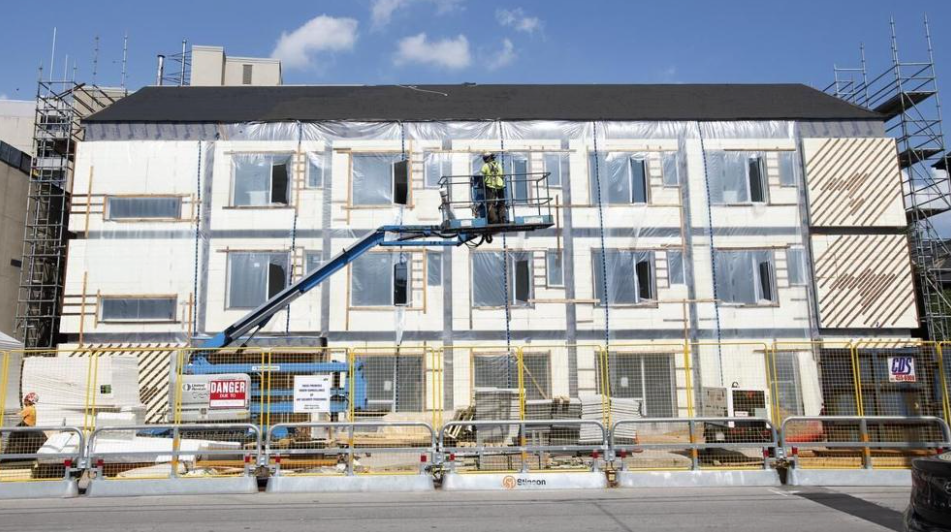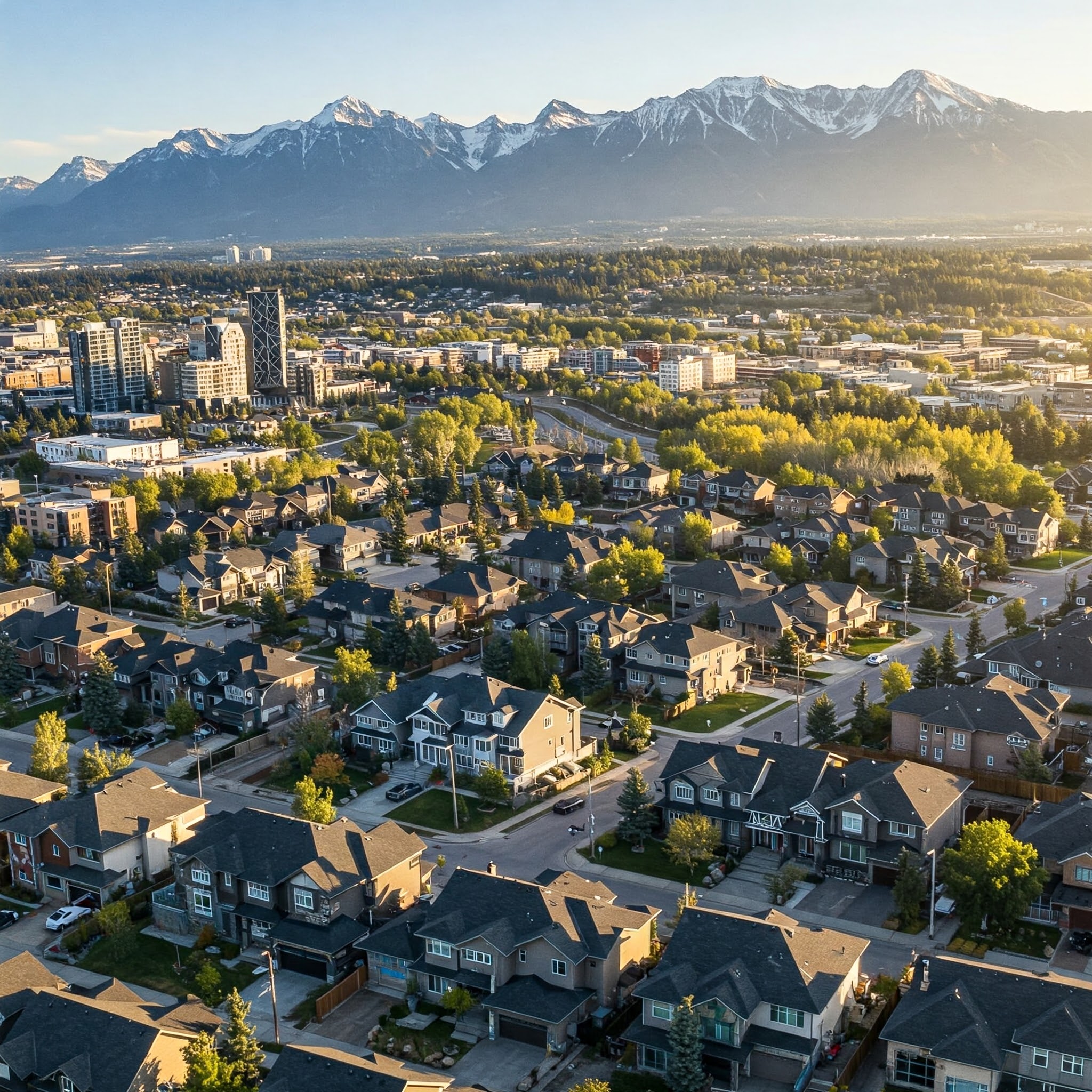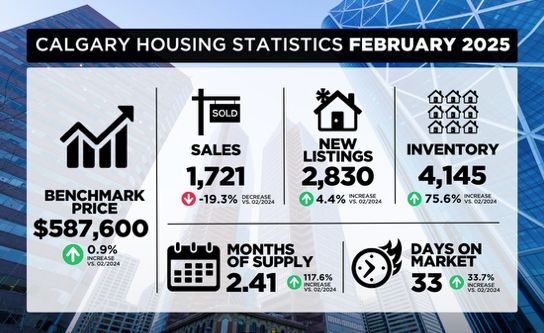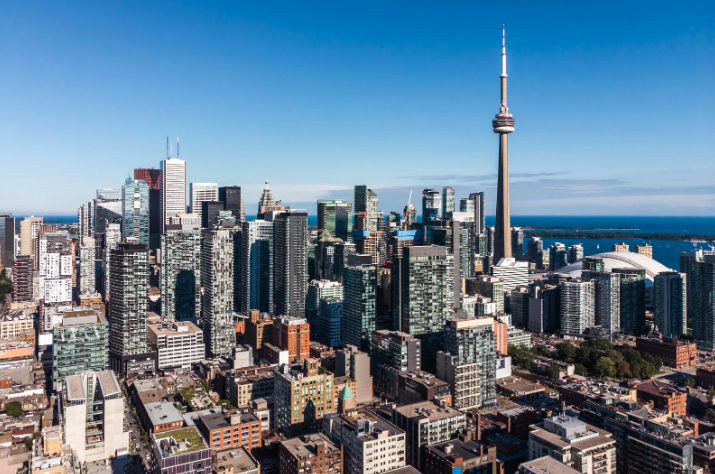Real-estate title fraud was one of 2023's most-read stories

police say organized crime groups involved, crimes tied to identity theft Real-estate title fraud — a bizarre practice where scammers steal a person's identity to refinance or sell their home without the homeowner even knowing — was one of CBC Toronto's most-read subjects of 2023. (Cole Burston/B
Read MoreFire Sale: Toronto Mansion Listed For Sale At $14M Torched By Arsonists

Another day, another newly built home is torched. Toronto Fire Services responded to a residential fire on Thursday morning around York Mills. The newly built, sprawling mansion, listed for sale at $14 million, was mostly lost by the time they could put the fire out. Toronto Police are now looking
Read MoreOuch — variable-rate mortgages have cost Canadian homeowners big money

Variable rate borrowers have paid 63% more in interest than fixed over past two years Variable-rate mortgage borrowers have seen thousands go up in smoke as interest rates rose. PHOTO BY POSTMEDIA Remember when variable-rate mortgages were all the rage. Canadians have traditionally tended tow
Read MoreHamilton council approves millions to tackle growing homelessness crisis

‘We’re seeing people stuck in the shelter system longer than we ever have,’ housing director says The city will invest millions more this year to help get people off Hamilton’s streets. And council has referred additional millions in potential efforts to tackle homelessness to next year’s b
Read MoreInterest rate hikes might be over but don't expect housing market to flare up: BMO

Housing markets may stagnate despite rate pause TORONTO - One Bay Street economist says it's unlikely the housing market will flare up, despite the Bank of Canada's decision to keep its key interest rate on hold on Wednesday. An economist says the housing market would not see a flare-up similar
Read MoreIs Canada’s housing crisis about to take a very dark turn?

Blaming immigrants for the housing crisis in Canada is something that all political parties say they’re keen to avoid, yet there have already been risky remarks on that score, across the board, Susan Delacourt writes. Much has been made in recent years about how Canada has avoided the anti-immigr
Read MoreCanadians mixed on who to blame for housing crisis: poll

40 per cent of respondents pointed the finger at the federal government and 32 per cent at their provincial government Prime Minister Justin Trudeau speaks to reporters in Cornwall, P.E.I., Monday, August 21, 2023. PHOTO BY DARREN CALABRESE/THE CANADIAN PRESS Despite what Prime Minister Jus
Read MoreMan returns home to land he bought to find someone's built a $1.5 million house on it

Featured Image Credit: RMA Long Island IVF / Google Maps A man is suing a company after he returned to his land to see a house being built he had no idea about. Dr Daniel Kenigsberg bought the half-acre strip at 51 Sky Top Terrace in Connecticut back in 1991. Just outside of New Haven, t
Read MoreAs unprecedented fire year rages on, experts warn of longer, more destructive seasons

Large fires burning in Western Canada might last longer into fall, and even smolder through winter A firefighter from an Alaska smoke jumper unit uses a drip torch to set a planned ignition on a fire burning near a highway in northern British Columbia, Canada on July 11, 2023. The province is curren
Read MoreAs more people arrive during Alberta’s population boom, housing lags behind

The sudden surge in population over the past year is sending the province into unfamiliar territory since 2000 More than six million people are projected to live in Alberta by the end of the next decade as the economy zooms forward and the population boom continues. Newcomers to Alberta — fro
Read MoreCalgary home sales continue to soar despite higher interest rates

Higher interest rates aren’t cooling Calgary’s hot housing market. The real estate firm told Global News not only is Calgary headed for another record-setting sales month in July, but many of the homes listed are also still receiving multiple offers. “We have no signs of a slowdown,” CIR real
Read MoreOffice vacancy rates in Calgary stabilize as people return to work

The availability of office spaces in the downtown Calgary market rises but demand is sustained by employee attendance, leading to a vacancy rate of 28.5% Office vacancy rates in downtown Calgary have stabilized as employees return to in-person work. The stronger demand has pushed asking rents
Read MoreCalgary ranked top destination in North America for remote workers

People and companies across the world continue to embrace the potential of remote work, and a lot of those workers are fitting travel into their new lifestyles. “Digital nomads” is the term used to describe people who travel freely while working remotely, and it turns out, a lot of them are turn
Read MoreDemand for condos rises as buyers shift sights

Higher borrowing costs are turning home buyers to more affordable housing types, shows trend noted by the Calgary Real Estate Board. Calgary real estate market remained red-hot to kick off the summer, seeing surging demand for condominiums that are driving sales to record heights last month.
Read MoreCalgary’s luxury condo market soars: $1 million-plus sales double in first half of 2023

Canada’s luxury real estate markets have shown varying performances in the first half of 2023, signalling a departure from the unified national trends witnessed during the recent housing boom and market normalization period. Sotheby’s International Realty Canada’s Top-Tier Real Estate: 2023 Mid-
Read MoreProvince announces $68M in affordable housing grants for low income Albertans

Alberta’s provincial government has announced $68 million in grants for affordable housing projects. The money, announced on Monday, will go to successful applicants from public, private and non-profit organizations who apply before the Oct. 16 deadline. It’s the second installment of the Aff
Read MoreReal estate market still tilted in sellers’ favour
A house in Guelph that was recently listed by agent Aimee Puthon of Coldwell Banker Neumann Real Estate.COLDWELL BANKER NEUMANN REAL ESTATE The spring buying spurt in Canada’s real estate market has likely run its course but sellers continue to hold sway in many cities. Robert Hogue, assistan
Read MoreCalgary’s luxury condo market soars: $1 million-plus sales double in first half of 2023

Canada’s luxury real estate markets have shown varying performances in the first half of 2023, signalling a departure from the unified national trends witnessed during the recent housing boom and market normalization period. Sotheby’s International Realty Canada’s Top-Tier Real Estate: 2023
Read MoreWhy CBC News is tracking indoor heat in 5 major Canadian cities

Journalists placed 50 heat sensors in homes without air conditioning to measure the impacts of extreme heat As the summer heats up, many people stay indoors to cool down. But for those who live without air conditioning, there’s little escape — even after the sun goes down. That’s why CBC team
Read MoreCan Canada build enough homes in 2023 to keep up with demand?

Housing starts surged in June – but have trended unevenly throughout the year A rollercoaster year to date for home construction in Canada continued last month, with the pace of housing starts unexpectedly seeing a big surge after slowing in May. Canada Mortgage and Housing Corporation (C
Read More
Categories
Recent Posts












:format(jpeg)/cloudfront-us-east-1.images.arcpublishing.com/tgam/7EFJDQT6N5GFZAKIKLLR7YRNUU.JPG)